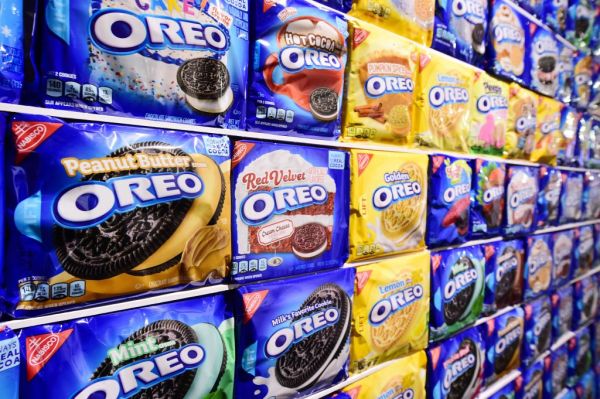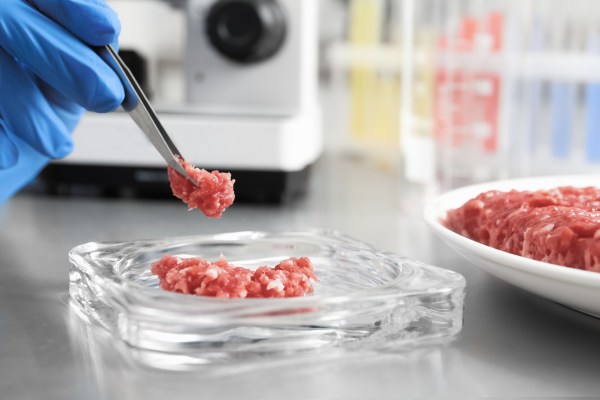Is real ice cream disappearing from grocery store freezers nationwide? A number of viral Facebook posts insist that longtime American ice cream manufacturer Breyers can no longer classify its products as ice cream because of its heavy use of artificial ingredients.
“SAD NEWS DEPT: Breyer’s, America’s favorite ice cream, is no longer ice cream. It now legally has to be called Frozen Dessert, as it is 50% air, and has only a tiny percentage of actual milk or cream,” reads one Facebook post with more than 35,000 shares. “The replacement ingredient is of course, corn syrup, wood cellulose and ethylene glycol for ‘smoothness’ which is also why it doesn’t melt.”
The post is incorrect: Breyers produces both original ice creams and frozen dairy desserts, two different products. Additionally, neither product includes wood cellulose or ethylene glycol in its ingredients.
The Food and Drug Administration (FDA) requirements for frozen desserts are specified in Title 21, subchapter B of the U.S. Code of Federal Regulations, which regulates foods intended for human consumption. Specifications for ice creams are detailed in Part 135, and Breyer’s original ice cream products—such as its Homemade Vanilla, Chocolate, and Natural Strawberry flavors—meet all necessary requirements. The company’s frozen dessert products are different from these original ice cream products: The company introduced them more than a decade ago to provide a smoother texture with fewer calories and fat than standard ice cream.
“Like ice cream, frozen dairy desserts are also made with fresh milk, cream and sugar but are not light enough to be called light ice cream nor have enough fat to be called ice cream,” a spokeswoman for Unilever, Breyers’ parent company, told The Dispatch Fact Check in an email. The FDA requires a 10 percent minimum milkfat and 4.5 pounds per gallon minimum weight for ice cream, specifications that some of Breyer’s products do not meet. “In adherence with industry standards of identity, we call them frozen dairy desserts to let consumers know that it is a different recipe than our original ice creams,” the spokeswoman continued. “We recognize that some of our fans may have different dietary and personal needs, so we work hard to provide a wide range of products to choose from.”
The post also claims that Breyers ice creams include a cellulose gum made from wood pulp and ethylene glycol to create a sensation of smoothness. Cellulose gum, also called carboxymethyl cellulose, does derive from the cell walls of plants and is commonly used as a thickening agent in food products. Breyers products, however, use different thickening agents such as guar gum, which is derived from the seeds of the guar plant, carob bean gum, which is extracted from carob tree seeds, and tara gum, an extract of tara spinosa seeds. The company’s Chocolate Chip Cooke Dough flavor, which is pictured in the post, uses all three gums in its formulation.

None of the company’s products use ethylene glycol, a chemical primarily used in plastics and coolants. The chemical is toxic and not approved by the FDA for use in foods or beverages, though it can be used to manufacture adhesives used in food packaging.
If you have a claim you would like to see us fact check, please send us an email at factcheck@thedispatch.com. If you would like to suggest a correction to this piece or any other Dispatch article, please email corrections@thedispatch.com.







Please note that we at The Dispatch hold ourselves, our work, and our commenters to a higher standard than other places on the internet. We welcome comments that foster genuine debate or discussion—including comments critical of us or our work—but responses that include ad hominem attacks on fellow Dispatch members or are intended to stoke fear and anger may be moderated.
With your membership, you only have the ability to comment on The Morning Dispatch articles. Consider upgrading to join the conversation everywhere.